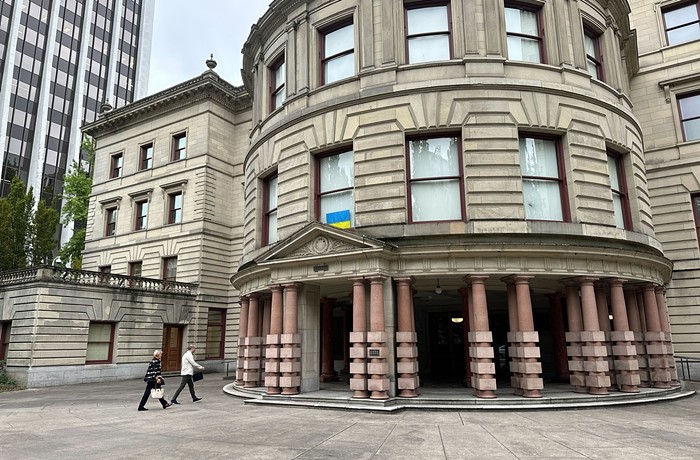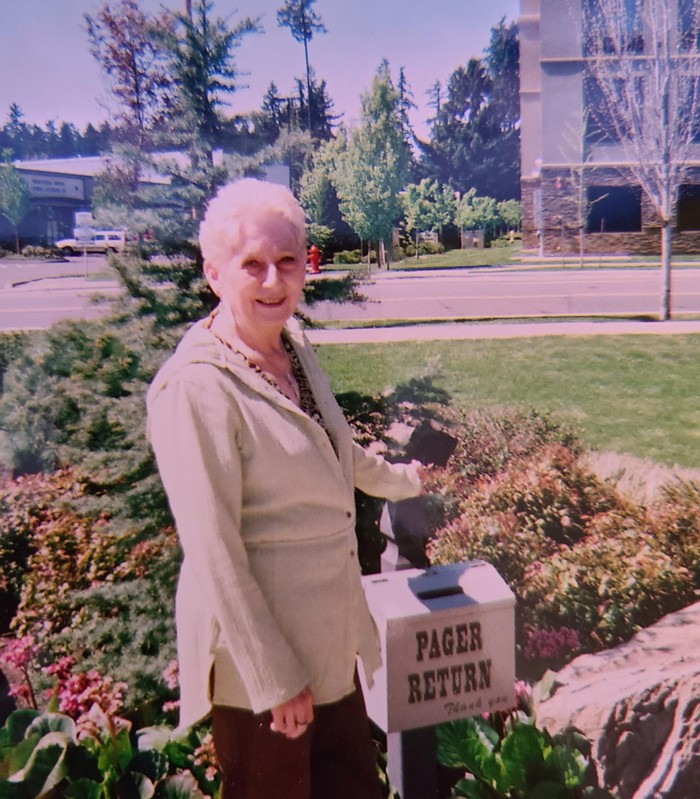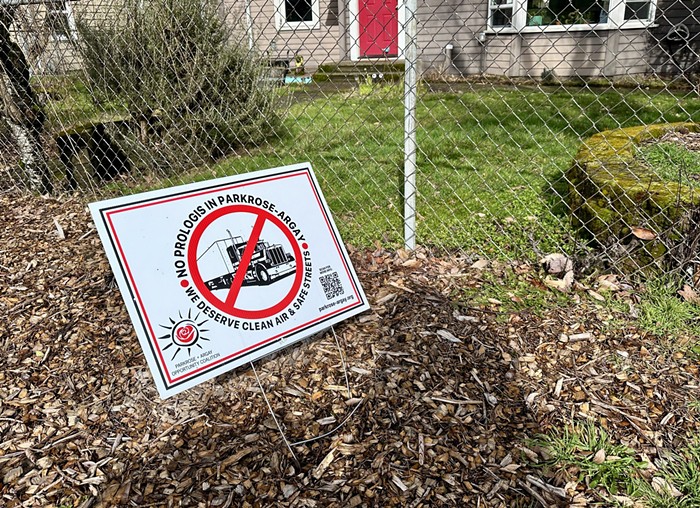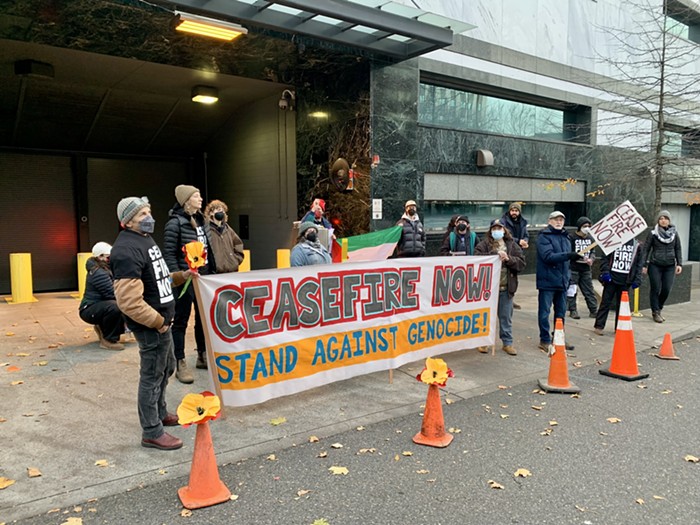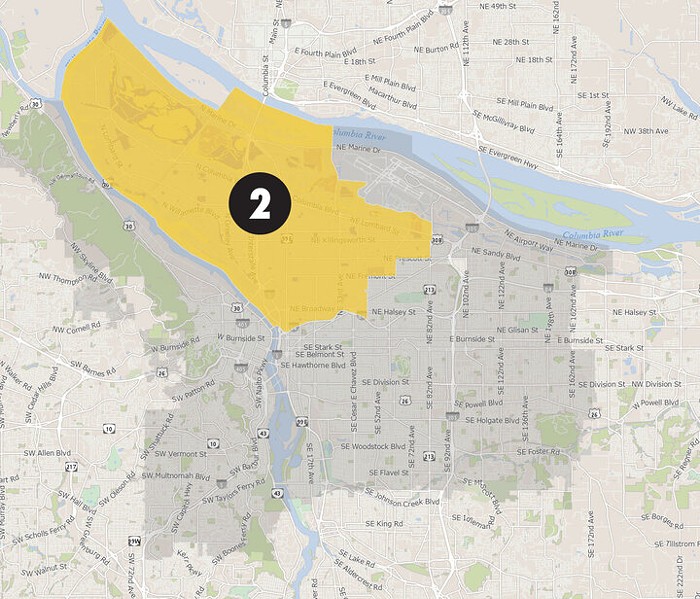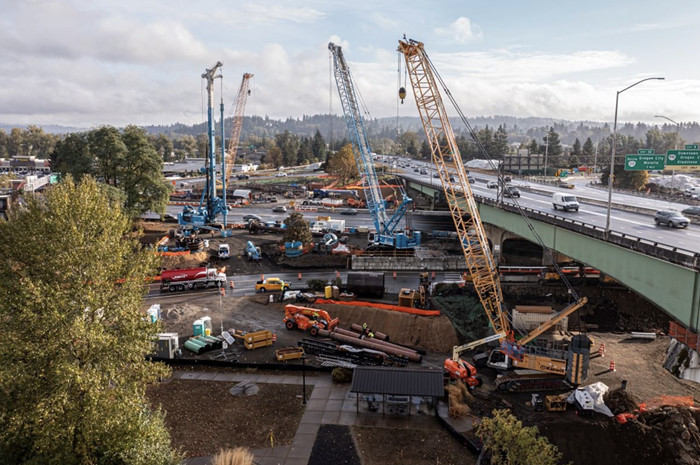Most of you, by now, have seen the photos from the first few nights of the daily protests in Ferguson, Missouri—the ones showing Midwestern suburban police officers dressed up—and firing grenades and gas canisters—like soldiers sent to pacify sectarian violence in Fallujah.
Those pictures are the most visceral and mainstream reminder yet that police agencies all across America have spent the past two decades, like greedy kids handed the basket of candy on Halloween, filling their armories with military equipment. It's been shocking to see. But we've been told this has been the case for some time. The New York Times presciently profiled the federal military surplus program to blame for this militarization back in June. Others wrote about it just a few days before the police shooting of Ferguson teen Michael Brown. Journalist Radley Balko wrote an entire book on the subject that was published last summer.
Since Ferguson, the NYT has updated its look at the surplus program (aka Section 1033), providing county-level maps showing where that excess equipment flowed in recent years. It raises some questions closer to home. (Jessica Moskovitz, a former campaign staffer for Mayor Charlie Hales, tweeted a link to that map to both me and Aaron Mesh of Willamette Week).
Multnomah County shows up, but only for several dozen assault rifles. It's about the same for Washington County. Not so for Clackamas County, which has agencies using night vision gear and—why not?—mine-resistant vehicles. But the map doesn't say which specific agencies received the equipment. So I asked a Portland police spokesman, Sergeant Pete Simpson, if he could give a breakdown of what, if anything, has come our city's way. (I was also inspired by our kin up in Seattle, who got cops there to post a spreadsheet of their surplus military inventory.)
"We have not used the 1033 program for many, many years," Simpson tells me, "and all of the equipment we use today has been purchased by the Bureau. For example, [the bureau's Special Emergency Reaction Team] has two armored vehicles (LENCO Bearcat and Bear Truck), both purchased by the city from the manufacturer many years ago."
Simpson draws an important distinction. Just because the police bureau hasn't availed itself of free military equipment doesn't mean it doesn't have serious weaponry at its disposal.
The subject came up at this morning's gang violence task force meeting in North Precinct—which had briefly played host to a solidarity protest last night.
Al Jubitz, former co-chairman of the Jubitz Corporation, quizzed high-ranking Portland cops on the department’s status.
“It’s a trend in the United States that we citizens should have a role in discussing and understanding,” Jubitz asked. “How does the Portland Police Bureau rank on militarization.”
Captain Pat Walsh, who oversees the bureau’s SERT squad (which is Portland’s version of SWAT), conceded the department has a wide range of weaponry, including armored vehicles and machine guns. “They have all the equipment,” he said. But Walsh stressed, too, that SERT officers never deploy without a crisis negotiation team to help defuse a situation before it turns uglier.
“We’re not Ferguson, Missouri,” said Commander Kevin Modica, head of Portland’s transit police. “We’ve never been Ferguson, Missouri.”
Everyone clapped.
— Dirk VanderHart contributed to this post.

